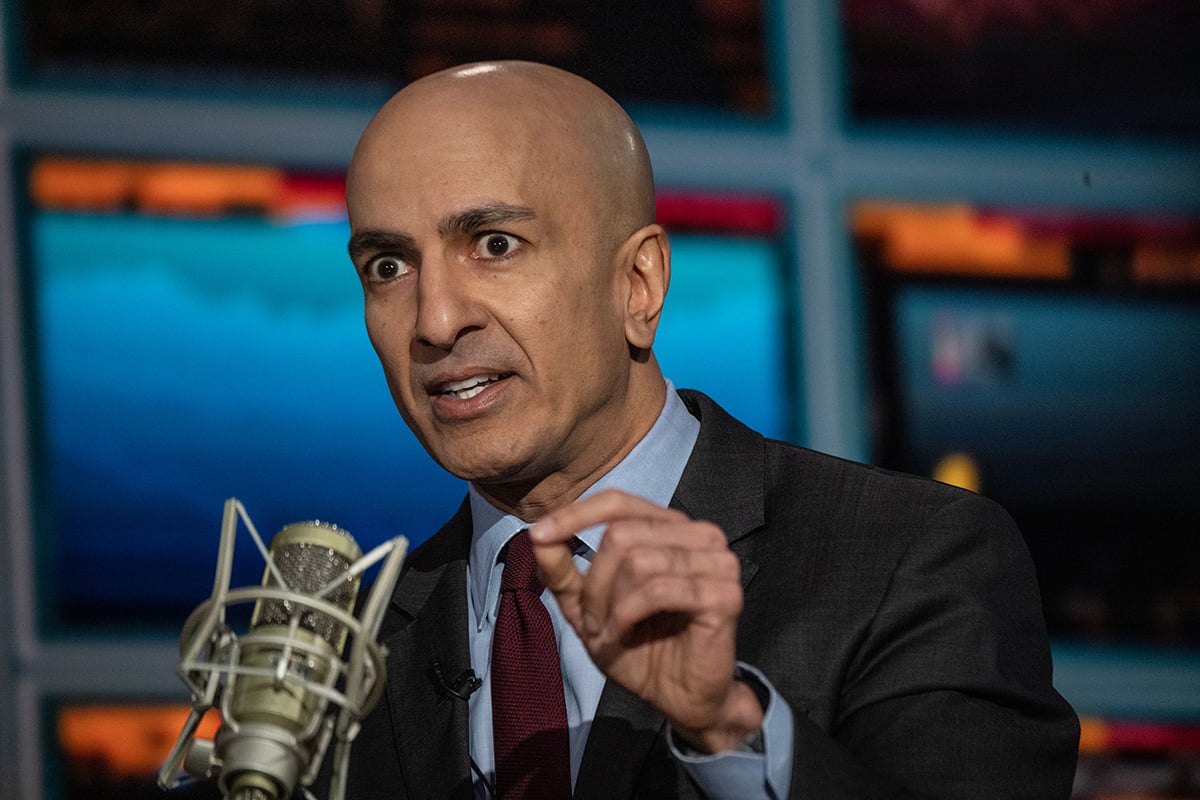Recently, investors in two Bear Stearns hedge funds with substantial subprime mortgage holdings were informed that their investment had essentially evaporated, along with the credit of the less than creditworthy borrowers who took those mortgages. On July 18, Federal Reserve Chairman Ben Bernanke predicted that losses among subprime investors could dramatically worsen, reaching as high as $100 billion. Well, that's the capital markets for you. But should U.S. companies be concerned about a similar meltdown in the markets backing a substantial amount of corporate lending? You can bet your collateralized loan obligations (CLOs) they should be.
Many of the same investors who are now losing money in the subprime market, also provide liquidity to credit markets that are tapped by corporate borrowers, and they are now pulling back across the board. The result has been a dramatic reversal in loan market conditions. The pipeline is full, but deals aren't getting done because investors are jumpy, say loan market observers. "Credit that's provided by the capital markets may be cheaper, but it's more volatile," says Meredith Coffey, director of analytics with Reuters Loan Pricing Corp. in New York. "You just have to look at what happened in May compared to June and July. You could get anything done–absolutely anything–in May. We had an institutional loan pipeline of about $120 billion, and we were routinely doing $10 billion in institutional loans. Spreads were coming in and loans were pricing well. It was a very, very attractive time to be borrowing. In the space of a couple of weeks, everything changed."
And that disruption only reflected a hiccup in the subprime and Chinese stock markets. The prospect that should keep CFOs and treasurers up at night, is the kind of stampede that might be produced when corporate defaults–a rarity for the last four years–once again start to rise. "No one is sure where risk is residing, and when there is a reversion to the mean default rate, we don't know what the reaction will be among investors–many of whom have not experienced a substantial credit loss for several years now," says Brian Ranson, the Toronto-based managing director of the credit strategies group at credit risk analytics provider Moody's KMV (MKMV). The fear is that investors will flee corporate credit, draining the market of liquidity and making it harder for companies to get hold of capital at exactly the time they need it most.
Complete your profile to continue reading and get FREE access to Treasury & Risk, part of your ALM digital membership.
Your access to unlimited Treasury & Risk content isn’t changing.
Once you are an ALM digital member, you’ll receive:
- Critical Treasury & Risk information including in-depth analysis of treasury and finance best practices, case studies with corporate innovators, informative newsletters, educational webcasts and videos, and resources from industry leaders.
- Exclusive discounts on ALM and Treasury & Risk events.
- Access to other award-winning ALM websites including PropertyCasualty360.com and Law.com.
*May exclude premium content
Already have an account? Sign In
© 2024 ALM Global, LLC, All Rights Reserved. Request academic re-use from www.copyright.com. All other uses, submit a request to [email protected]. For more information visit Asset & Logo Licensing.







